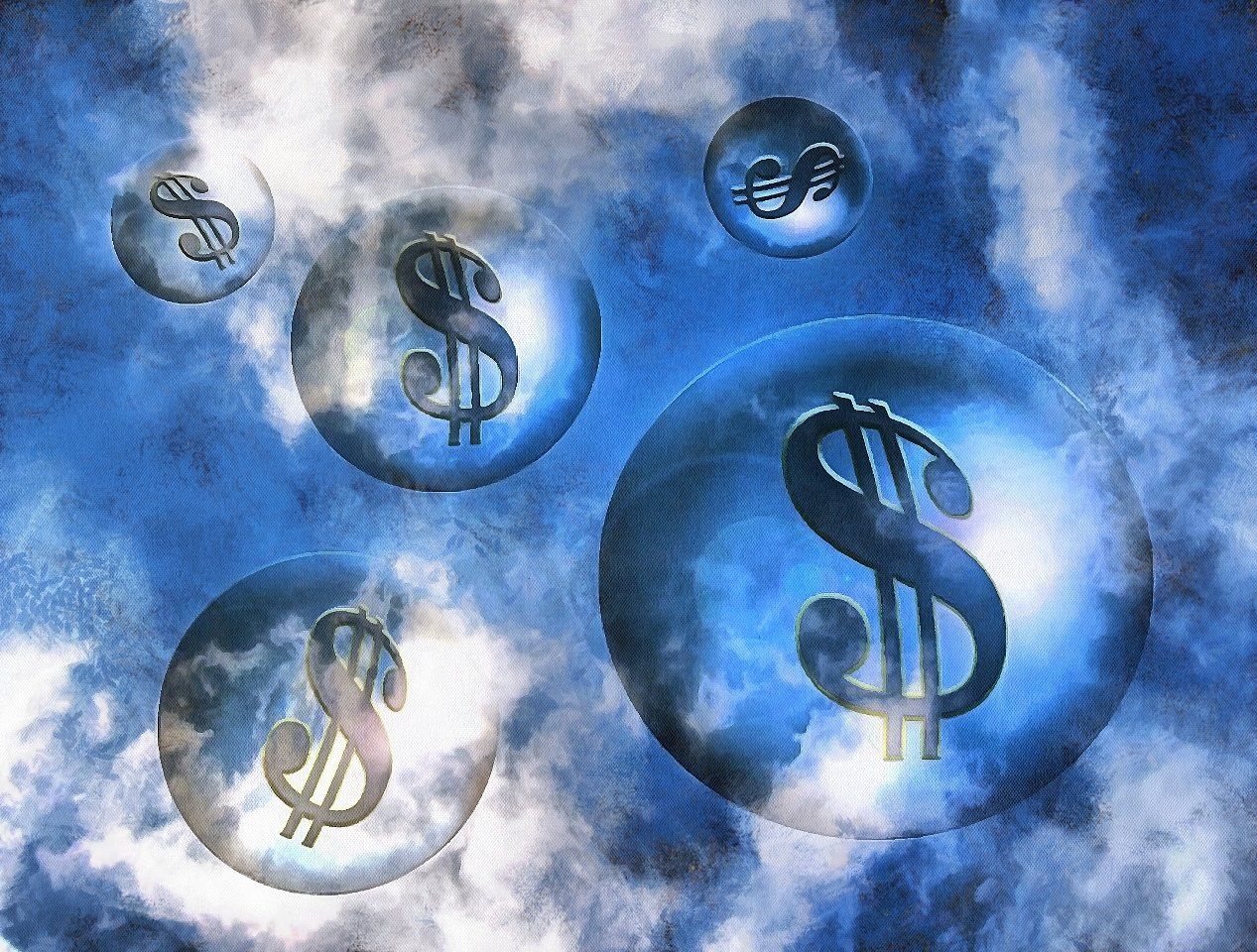ESG is gathering momentum. US ESG fund launches went from 7% to 8% of the total from 2016 to 2018 to 18% in 2020. Year to date, the figure slips to 14%, but the trend is noticeably upward. While relatively modest, it is more developed over on the other side of the pond. For example, in the UK, these percentages go from 7% to 46% between 2017 and year to date.
ESG assets in the US broke $1 trillion in the first quarter of the year, with investors injecting $33.6 billion into SRI and ESG-focused mutual funds and ETFs. Ethical mutual fund and ETF assets total about $4.5 trillion globally. Overall assets, including pension funds and sovereign wealth funds, are said to be about $40 trillion.

All this has stoked talk of whether ESG is getting too frothy.
“ESG is just another old-fashioned stock market bubble,” said one pundit, and even the former chair of the board of governors of the world’s largest pension fund, Japan’s Government Pension Investment Fund, has expressed misgivings. Is ESG yet another example of an investment trend that goes up like a rocket and down like a stick?
[More: Parnassus takes first and second spot on latest Responsible Ratings Index]
Not so fast, there is still a major shortfall between the level of investment the world needs to achieve a carbon-neutral transition and current levels.
According to the UN Environmental Programme Finance Initiative, the transition to low-carbon and climate-resilient economies needs an investment of at least $60 trillion until 2050, including $35 trillion to decarbonize the world’s energy system, another $15 trillion to adapt infrastructure to the changing climate, and $2 trillion to reorganize global land use in ways that meet growing demands for agricultural commodities while stopping deforestation. And that is not a comprehensive list.
Investment is uneven. While certain renewable sectors, such as power generation, are popular investment options, and the electrification of transport is starting to pick up pace, “renewables are growing too slowly in major energy-consuming sectors like buildings and industry,” said the International Renewable Energy Agency. Overall, the UN has identified “significant financing shortfalls in getting [countries] to the stage where they provide real protection against droughts, floods, and rising sea levels.”
Concerns over ESG bubbles grow while sustainability targets continually undershoot. Why the contradiction?
One answer is too narrow a conception of ESG itself. For example, the top holdings in the world’s largest ESG-flagged ETF are Apple, Microsoft, Amazon, Facebook, and Alphabet. The world’s largest “conventional” ETF has the same five stocks in the same order, though with slightly different weightings.
In June 2017, that same conventional ETF led with Apple, Microsoft, Amazon, and Facebook. Add up the two share classes for Alphabet, and it, too, is in the top five. So, it’s not investors’ enthusiasm for green themes that are driving the giddy valuations of these stocks. If you strip out ESG funds from the total, the same sectors and assets would still dominate portfolios. I’d venture that aggregate weightings would shift, but only a little.
Facebook is not spearheading a drive to sustainable agriculture; Amazon isn’t developing green cities, unless your definition of this combines Elysium and an optimistic view of Jeff Bezos’ orbital ambitions. That doesn’t mean they’re bad businesses, it’s just that’s not their purpose.
Many of the largest ethical funds aim for above-average ESG scores, for example, through lower emissions. Thus obviously tech has an intrinsic advantage compared to, say, miners. Screening for low emissions is fine as an integral part of your investment process, but ESG doesn’t begin and end with the leviathans topping the S&P 500.
There is still a shortfall of capital to many areas that are crucial to the transition to a sustainable economy. That could be because certain relevant technologies are in their infancy, and therefore, too high risk for many investors; lack of relevant investment vehicles (for example, equity funds still dominate), or insufficient investor information. These are all undoubtedly significant challenges.
Should investors worry about the valuations of certain stocks and sectors? That seems sensible. Does this mean that there is a specific ESG bubble? I don’t think that case has been made.
Dewi John is head of UK & Ireland research for Refinitiv Lipper.








